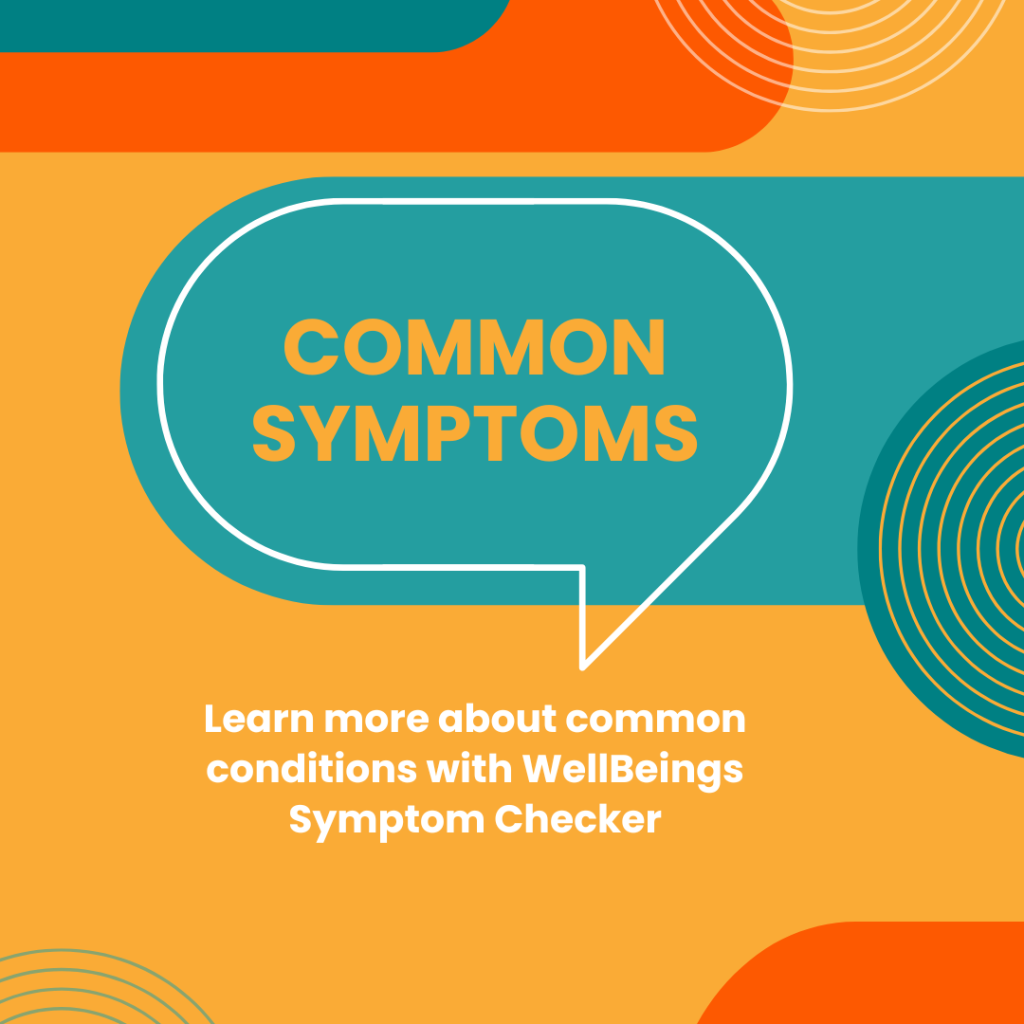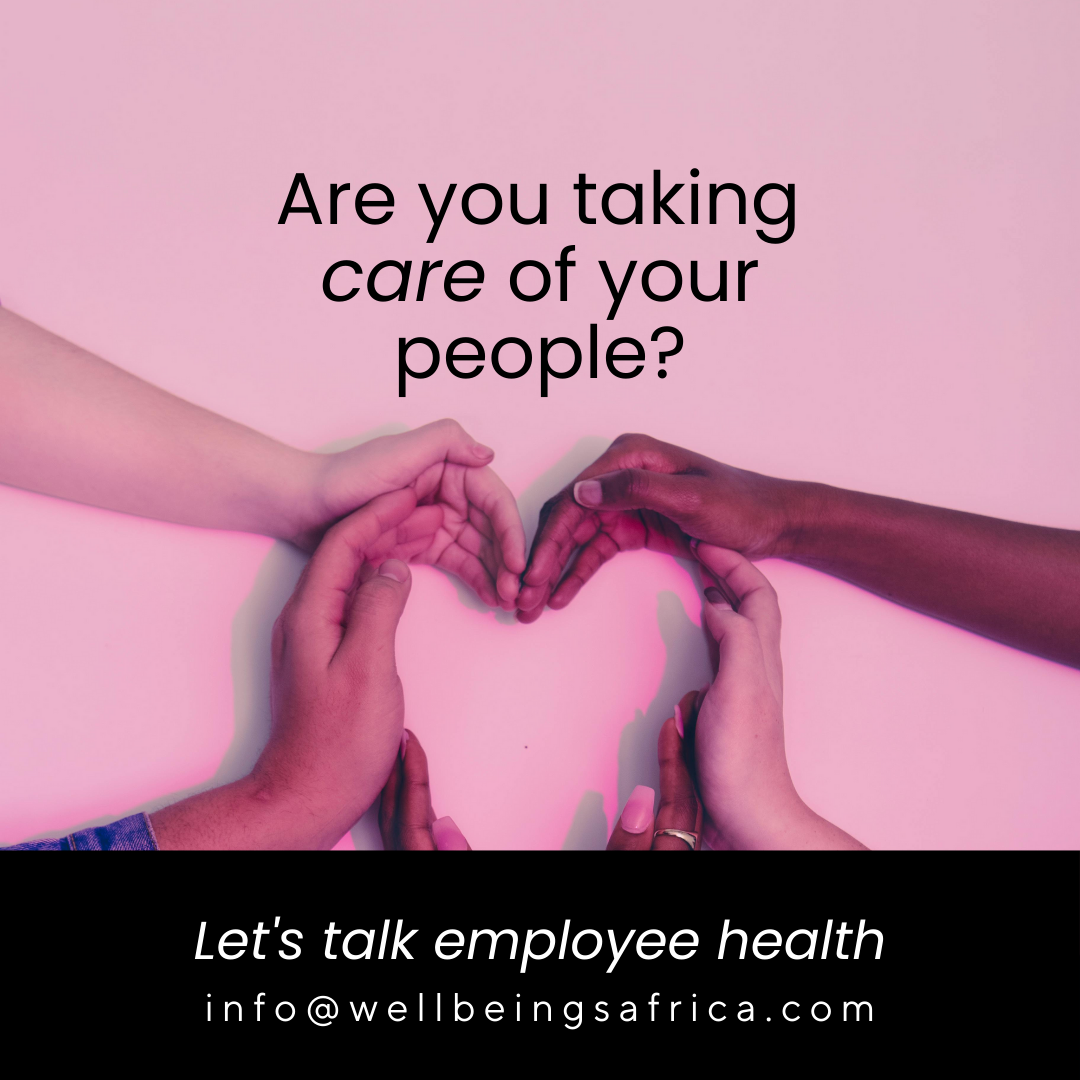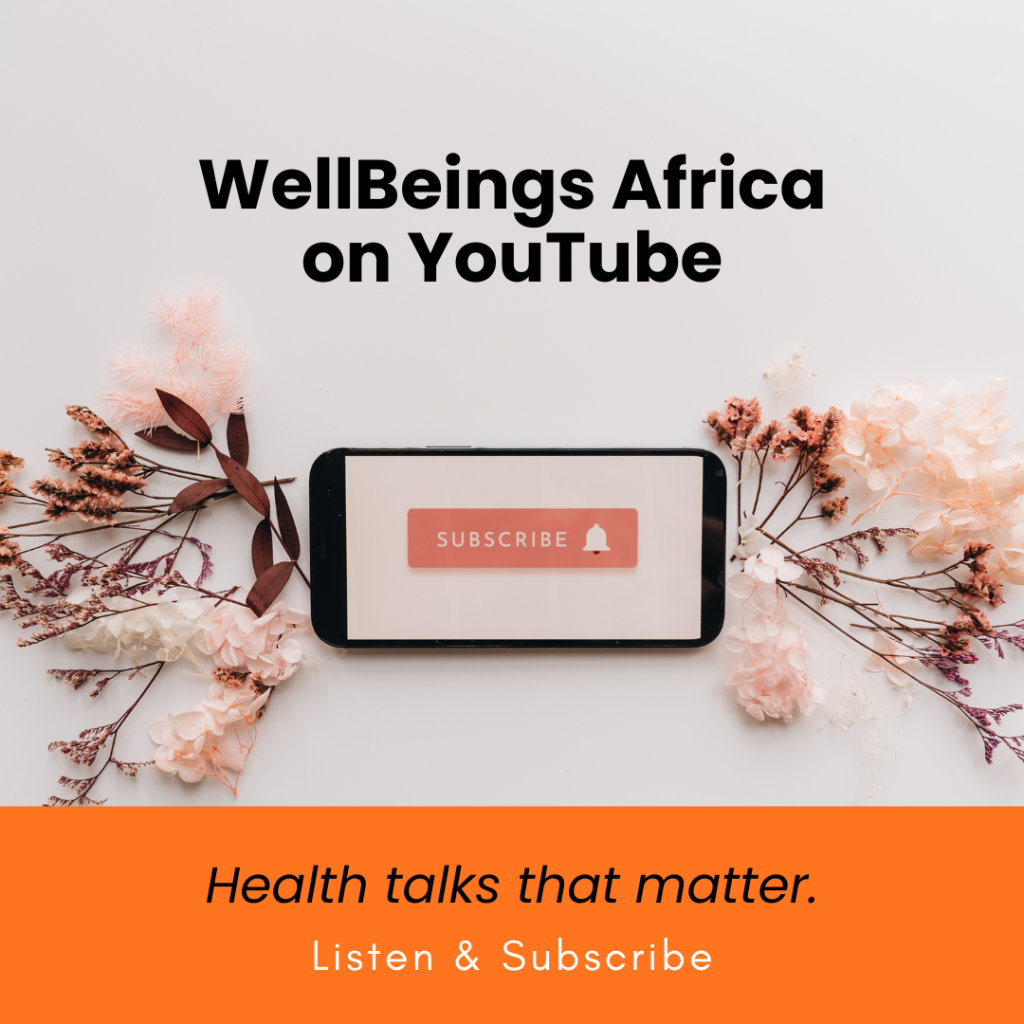Chronically online? Living a constantly “on” digital life is affecting your health…
Do you imagine your phone’s vibrating or “hear” the sound of a message but when you check, it’s nothing? Are you nursing a literal pain in the neck at the end of each work day?
Hold on to your (virtual) hat, and let’s get into modern health ailments that are part and parcel of a digital life.
Quick Read:
- Your health is at risk if you’re constantly online or connected to your devices.
- Make it a rule to take regular digital breaks from social media, constantly checking emails, and just generally being online for excessive amounts of time.
Have you heard about phantom ringing syndrome? It’s when you feel a slight tingling in your pocket – and you assume it’s your phone buzzing with a call or message.
As new health issues crop up each day, we have to take steps to consciously cut back on digital living. It’s simply not healthy and we’re making ourselves sicker than ever.
Common aches and pains of a digital life
- Cybersickness. If you regularly feel lightheaded after a few hours of screen time, blame that sick feeling on the fast motion on a screen. This could be from watching an endless string of videos or scrolling through countless web pages on your phone and computer.
- Cyberchondria. You feel a slight twinge in your body, search online for a diagnosis, and suddenly, you’re convinced you have a life-threatening illness. Cyberchondria is the digital sibling of hypochondria, which has become an increasing problem with the rise of health-related searches. In many African countries, where access to healthcare is limited, more people are turning to the Internet to self-diagnose (Hello! You’re here on WellBeings!). The trick is NOT to immediately believe the worst-case scenarios and always get a physical diagnosis for serious health conditions.
- Hearing loss. Don’t forget that your ears have to stay healthy too, and they won’t if you keep using earbuds at high volumes. With over 80% of young Africans using earbuds daily, earbud-related hearing loss is on the rise. The World Health Organization (WHO) estimates that more than 1.2 billion people worldwide are at risk, and a significant portion of that number is in sub-Saharan Africa. This issue gets worse by the lack of noise-cancelling technology, forcing people to turn up the volume in noisy environments.
- Tablet neck. Whether you’re hunched over your phone or staring at your laptop, that awkward posture is doing your neck no favours. The long hours spent looking down at devices strain the neck and spine, leading to chronic pain. Experts suggest making frequent posture changes and ensuring your screens are at eye level.
- Text claw. Look at your fingers. Do they naturally move into a curled-up stance, much like a “claw”? That comes from constant texting. Overusing the thumb to text can cause our tendons to thicken and become irritated.
So, now what? Do you just throw away your phone, laptop and tablet while communicating through written letters sent in the mail? Luckily, no! It doesn’t have to be as extreme as that. But for the sake of your health, it’s worth easing up on your digital devices every now and then.

Help at hand
- Eye strain is real in the digital life and if you want to stay sharp-eyed, make a conscious effort to step away from your screen at least every 30 minutes. While you’re at it, set a time limit on your late-night scrolling. That blue light does nothing good for sleep problems and simply stimulates your mind to stay awake. Worse, squinting at the tiny screen can lead to eye wrinkles and cause blurry vision.
- Texting sessions may not seem to take effort, but the wear and tear on your wrist and finger joints can lead to carpal tunnel syndrome, pain and inflammation. Give text a rest and send voice notes rather.
- Jot down a Post-It reminder and stick it on your computer: “Stop slumping!” Simple but effective!
Would you carry a 25 kilo weight on your neck? That’s how much pressure you’re putting on your spine and neck when you bend your head to look down at your phone. This posture is abnormal and negatively pressures the capability of the human spine.
Images: Freepik





















